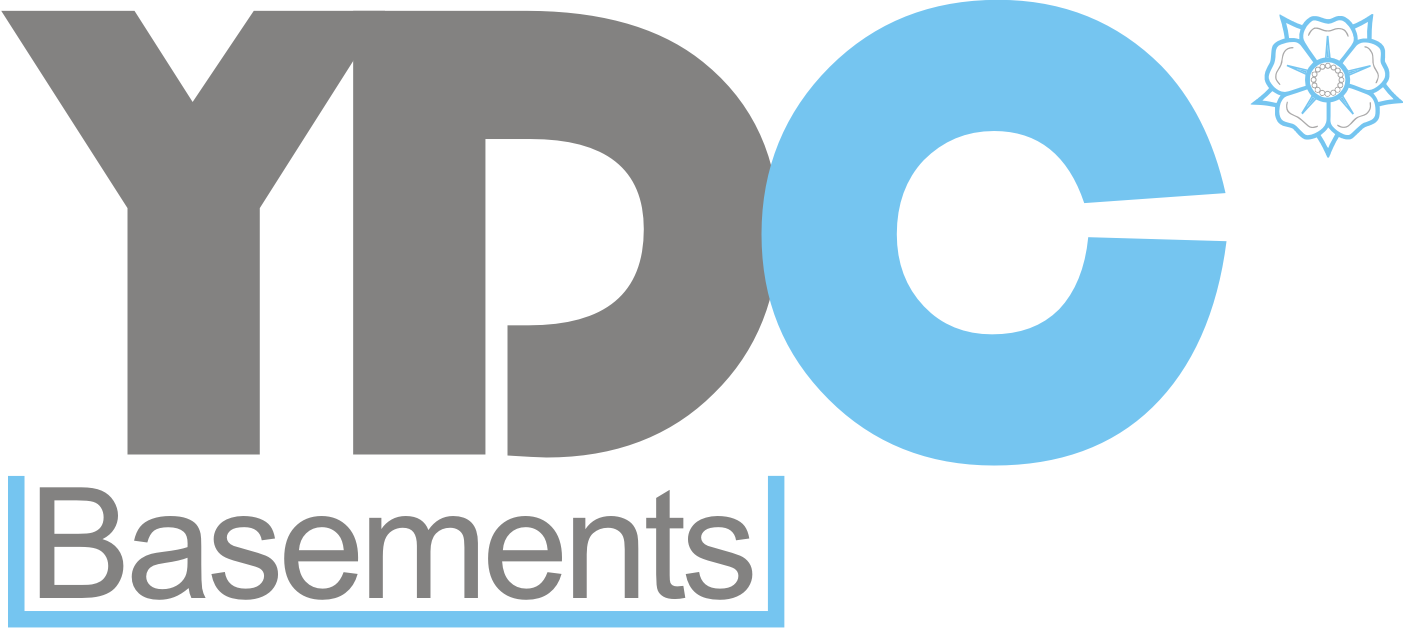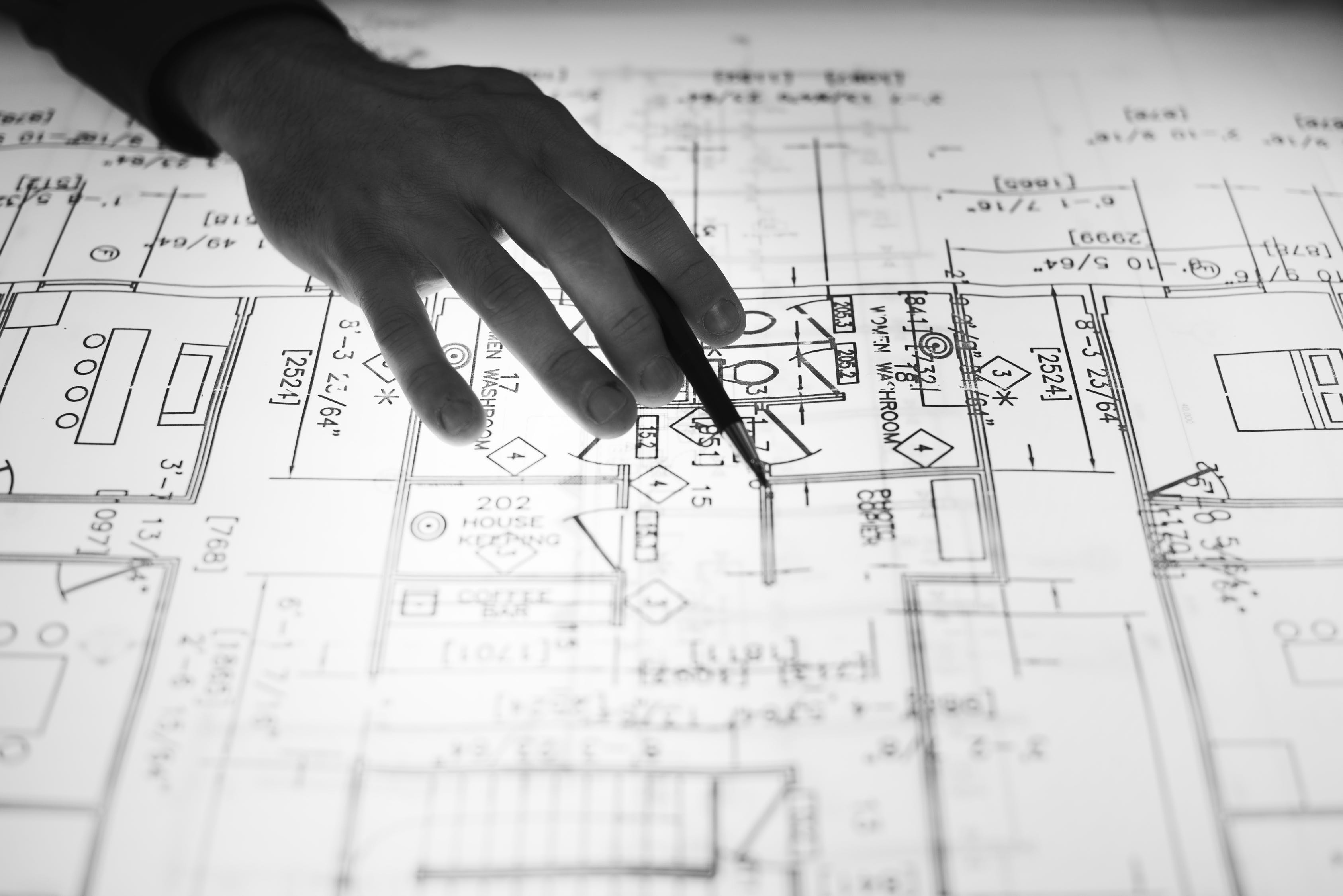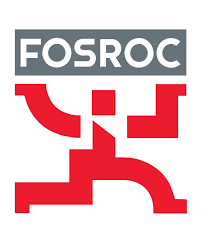What is Waterproofing?
Put simply, basement waterproofing is the process of protecting basement structures from dampness and water in the ground and in some cases, surface water.
Basements are below ground and as such, they are susceptible to different forms of dampness and water such as:-
-
Rising damp
-
Ground water due to a high or varying water table
-
Supply pipe leaks
-
Defective drainage
-
Rain water
Waterproofing is, therefore, an essential part of making a below ground area dry and usable, and for it to stay that way, so it needs to be done correctly.
Over the years there have been many methods of waterproofing with some achieving greater success than others. Ever progress science, technology and understanding of risks and risk management continue to drive progression. The last 10 – 20 years, in particular, have seen major and rapid improvements. Many of these have been driven by the adoption of design standards, heavy investment by product manufacturers, designers and warranty providers and most importantly waterproofing specialists and their trade associations.
Design Standards
There are a number of key design documents that are used by waterproofing specialists.
BS8102
There is a British Standard for the design of waterproofing systems for basements BS8102: 2022 Protection of below ground structures against water ingress. Code of practice.
BS8102 sets out some clear principles that should be applied when designing waterproofing systems with a focus on success and reduce risk of failure. It is a key document that ALL waterproofing specialists should be considering.
PCA Code of Practice for Waterproofing of Existing Below Ground Structures
The Property Care Association (PCA) are a UK trade association that represents the structural waterproofing industry.
PCA is a major driving force behind raising waterproofing standards. It has therefore published a Code of Practice (COP) relating to the waterproofing of existing basements – PCA Code of Practice for Waterproofing of Existing Below
Ground Structures.
When designing waterproofing systems for existing basements, this sets our clear and concise design requirements.
NHBC Chapter 5.4
NHBC is a major warranty provider for new constructions. Therefore, when a building that has been awarded an NHBC warranty suffers from failure, the scheme allows for correction of the defect.
NHBC have therefore been able to identify failures relating to basement waterproofing and quantify in terms of cost what these failures mean.
The result of this is the identification of quality control issues and lack of suitably qualified experts within the industry. NHBC then acted on this by investing in training, to create more experts and improve standards.
NHBC has strict requirements that construction companies must meet if NHBC is to offer their warranty. The design standards are detailed in their Technical Manual. Section 5 relates to the sub-structure of a building with chapter 5.4 relating specifically to waterproofing. Chapter 5.4 is considered one of the most recent and best-presented design documents and following its publication, other warranty providers have launched similar publications an also demand similar standards.
Methods of Waterproofing
It is generally considered best practice to install dual systems which comprise of 2 different types of waterproofing as this provides a failsafe in case the primary waterproofing barrier fails. When converting an existing basement this is not usually practical.
Tanking
Tanking can consist of:-
- Cement based coatings and multi-coat render systems
- Liquid applied bituminous & synthetic rubber coatings
- Externally acting liquid injected resins, installed from inside the structure, acting from the outside
- Plastic, bituminous and rubber membranes
Method 1 requires a high level of original surface preparation as these coatings are designed to stick or key to the walls being tanked. If they fail to key then water under hydrostatic pressure (penetrating dampness below ground) can force the material to debond from the original surface and break the tanked surface. Some variants are particularly well suited for new concrete and as such work very well on new build structures.
Method 2 is a particularly useful as liquid applied membranes are often more flexible than other forms. Large areas can also be covered in a time efficient manner using spray application. These systems are usually suited to external use as waterproofing barriers but may also be used internally as vapour barriers.
Method 3 is a niche product that is usually selected for tanking failure repairs of say movement or casting joints.
Method 4 is a common method of tanking for new build properties, often in conjunction with other forms of waterproofing.
Structural Waterproof Concrete
This is concrete strictly manufactured using specific grades of sand correctly mixed with the correct ratio of cement and water. Often there are admixes introduced to the concrete to aid its waterproofing properties.
These tanking systems will be formed by casting the concrete in stages. The construction joints will incorporate a hydrophilic water bar. This is a type of seal that will swell in contact with water thus sealing the joint tightly so that water cannot enter.
Waterproof concrete systems are almost certainly exclusive to new build.
Cavity Drainage Systems
A cavity drainage system manages water ingress using membranes and drainage.
Membrane
The membranes used are specifically designed for this purpose. They are formed using extruded high-density polyethene, sometimes coated with thermically bonded polypropylene mesh to aid with the adhesion of finishes. They have a profile similar to an egg box or the sole of a football boot and are often referred to as studded or dimpled sheet membranes. The membrane is loosely mechanically fixed to walls using sealed nylon plugs.
The purpose of the membrane is to form a cavity between the membrane and wall/floor. This cavity allows groundwater to freely run under the influence of gravity towards the base of the wall into a planned drainage system. The air gap also allows some degree of breathability behind the membrane whilst working as a vapour barrier, limiting moisture vapour from reaching the room.
Drainage
There are 2 methods of providing drainage for cavity drainage systems.
Method 1 – Perimeter Drainage
This method involves a prefabricated void forming channel to be placed around the perimeter of the basement, usually at the floor wall junction. In larger basements or basements with a complex circumference, additional channelling may be installed to link runs of perimeter drain.
The channel will lead to a removal point such as an external drain or sump chamber.
Method 2 – Modular Drainage
This method involves the placement of a 110mm drainage network into the floor slab with an opening created in the floor at centres of around 1 every 12 square metres. This method allows water to run below the floor membrane where the drainage holes act as a plug hole.
The drainage network will lead to a removal point such as an external drain or sump chamber.
With either system access to inspect and service the drainage channels must be allowed for in the design.
Sump & Pump Systems
When water cannot be taken away from a basement safely and reliably using gravity drainage then a pump station will be required.
This will normally comprise of a prefabricated plastic sum chamber sunk into the floor of the basement. Within the sump chamber, a pump arrangement is then installed. This is an automatically float activated system with a high water alarm.
Again, component failure should always be allowed for in the design. It has now become the norm and considered best practice for pump systems to comprise of 2 pumps (a primary and backup) as well as a battery back up (uninterrupted power supply – UPS) system. This means that if the first pump fails then the second pump will activate either by mains power or in the event of a power failure then the UPS.
Pump systems technology has rapidly developed in recent years. It is now easily possible to monitor pump system remotely and as well as receiving notifications in case a major component fails.
As a pump system is a mechanical system it should be serviced to ensure its functional service life is maintained.
Typical Cavity Drain System Components
The following videos show a typical installation of a cavity drainage system using components from our supply partner – Delta Membrane Systems
Survey & Design
The current nationally recognised basement waterproofing surveying qualification is C.S.S.W. – Certified Surveyor in Structural Waterproofing. All projects that include structural waterproofing should be overseen by someone with that level of qualification.
There is only one satisfactory way of determining if a basement/cellar area is suitable for conversion and that is by consulting qualified experts. The expert should be invited to view the area so that a full investigation of the potential risks to the area can be made. The person who is going to be the end-user, client, bill payer or who has a direct interest in the conversion MUST be closely consulted. This is so that the exact requirements of the client are established, and especially so that the risks of flooding can be fully discussed and understood. It is no good taking a decision to leave out a sump and pump system to save money, and then be standing in inches of water years on. It is even more unacceptable to be in the same position and not to have known that it might happen. This problem is the most frequent cause of litigation between the client and the installer – and this is to be expected. After all, the client will have wanted a dry and usable basement.
Supply Partners
We believe that if a job needs doing, it needs doing right, first time. To achieve this it is important that the products we use meet and advance beyond our high expectations. Therefore, we only buy from industry leading manufacturers. But it doesn’t end there, our relationship with our suppliers is great! We talk to each other, we support each others and we understand each others needs. This allows us to provide our customers with the best products and advice from the product designers, manufacturers and experts direct to your property.









